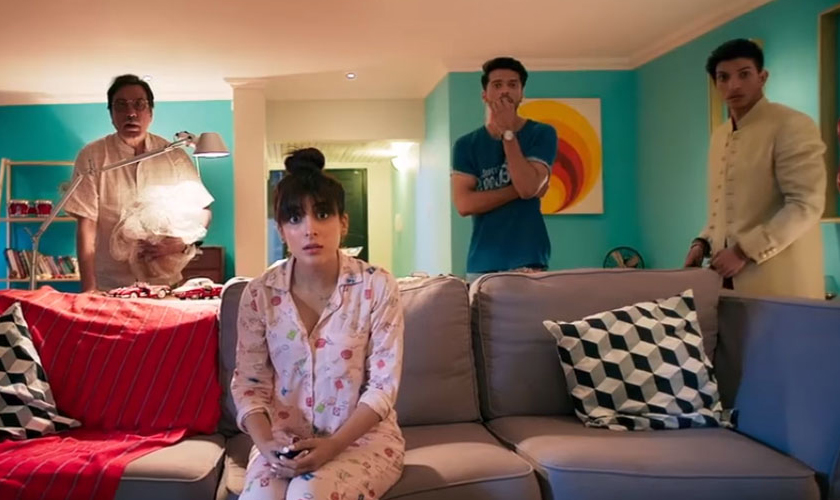Tensions were soaring high between the two countries after the Uri attack in 2016. Pakistan and India, who had finally reached a somewhat amiable position where artists were freely collaborating with each other, were suddenly thrown into a war of words and otherwise.
With the Lahore High Court’s recent decision to allow Indian content on local TV channels, will Indians follow suit?
Tensions were soaring high between the two countries after the Uri attack in 2016. Pakistan and India, who had finally reached a somewhat amiable position where artists were freely collaborating with each other, were suddenly thrown into a war of words and otherwise. While the political climate continued to get worse with every passing day, many questioned India’s decision to impose a ban on Pakistani artists as well.
Fawad Khan and Mahira Khan were gearing up for the release of two big Bollywood films – Ae Dil Hai Mushkil and Raees – but were prevented from promoting them. Karan Johar and Shah Rukh Khan both had to appease Hindu nationalists in order to let their films be released without facing any violence. Actors from both sides of the border had to maintain silence in order to not offend anyone. Om Puri (late) was labeled a traitor for defending Pakistan. In retaliation, cinema owners decided to ban Bollywood films and suffered huge losses. Indian soaps, which the average Pakistani women fed on, were taken off air in Pakistan whereas in India, Zee Zindagi discontinued airing all Pakistani content. The climate was explosive but the entertainment industries from India and Pakistan – most artistes in particular - simply wanted things to go back to the way they were.

But it seems as though we’re slowly and gradually witnessing the winds of change between the two countries. While the situation may not be ideal, it seems as though the anger and hatred from both sides is wearing off. Recently, Shobhaa De, a well known albeit controversial journalist and novelist, wrote an article for Pune Mirror, titled ‘Why such blatant double standards towards Pakistani actors?’ She outlined how Fawad Khan was all set to become the next big Khan of Bollywood, which is why he and Mahira Khan were unfairly attacked for working in Bollywood. Other actors like Fawad’s co-stars Ranbir Kapoor (from ADHM) and Ratna Pathak Shah (who played his mother in Khoobsurat and Kapoor and Sons) have also started speaking out against how Fawad Khan was treated. After months of silence, it seems as though even Indian artists have had enough.
During the tensions, one also noticed that Indian news publications were being careful to not mention Pakistani artists in their stories. For instance, Ali Zafar’s appearance in Shah Rukh Khan and Alia Bhatt’s Dear Zindagi was downplayed to such a shocking degree that one would have not known that Zafar had a small role in the film.

However, we have recently seen a renewed interest in Pakistani artists and Pakistani films in news publications across the border. Bollywood Hungama tried reaching out to Saba Qamar through an article because of her tremendous work in Hindi Medium. Indian Express has recently been reporting on local films and the words have been nothing but kind. Sadaf Kanwal made headlines for her appearance in Na Maloom Afraad 2’s song ‘Kaif O Suroor’ while Mehwish Hayat and Humayun Saeed were praised for their upcoming film, Punjab Nahi Jaungi.
However, the biggest move towards a more peaceful climate came in the shape of a decision made by the Lahore High Court yesterday. “The world has become a global village,” said LHC Chief Justice Mansoor Ali Shah, who stated that Indian content with objectionable or anti-Pakistan content could be censored but there was no need for a complete ban on airing Indian content on TV channels. This was the next logical step since Pakistani cinema owners lifted the ban on Bollywood films months ago. It doesn’t make sense to ban one form of Indian content while allowing another to be played in cinemas.
What now remains to be seen is whether Indians will accept the olive branch and also help create a peaceful playground for the artists of these two nations.